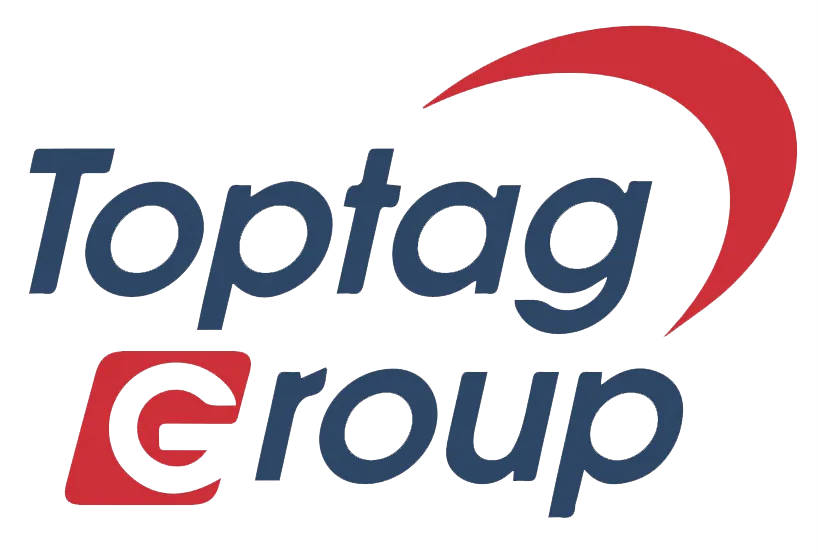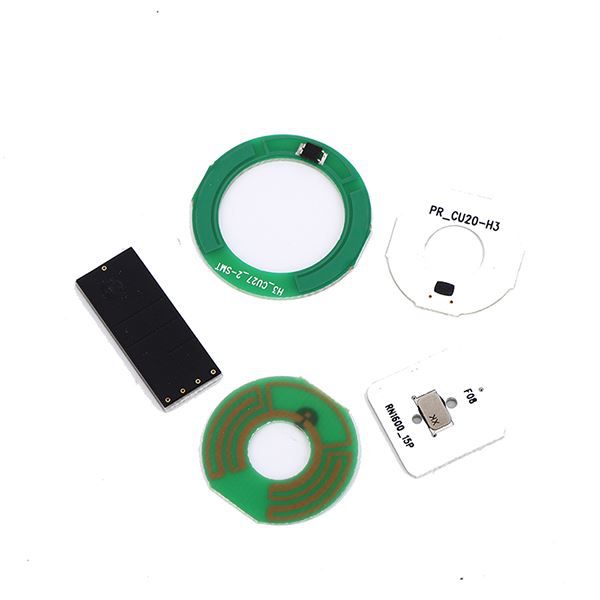In industrial production environments, data recognition technology plays a crucial role. At present, barcode, QR code, and RFID technology are commonly used data recognition technologies in industrial scenarios. However, each technology has its specific limitations. For example, although barcode technology is widely used, it requires matching specific light sources when reading data, and has high requirements for the brightness of the light sources. In addition, it needs to be aligned with light within the visible range by the scanner for scanning in order to successfully read information. This technology requires high mechanical accuracy, and once objects such as pallets that carry barcodes deform, it may cause the barcodes to be unrecognizable. In addition, barcode recognition can only be scanned one by one, and only one barcode can be read at a time, which greatly reduces work efficiency. Moreover, due to the easy wear and dirt of barcodes, their service life is short and they cannot be modified and reused.
On the other hand, although two-dimensional barcodes provide a solution in terms of information capacity and add error correction functions, they can achieve recognition and anti-counterfeiting functions on the surface of items through laser engraving technology, but there are still some drawbacks. For example, its application scenarios are relatively limited and cannot fully meet the needs of complex application scenarios in industrial production.
In summary, although barcode, QR code, and RFID technologies have played important roles in industrial data recognition, they all have certain limitations. Therefore, seeking a more efficient, reliable, and adaptable new data recognition technology has become an urgent problem to be solved in the industrial field.
Compared to barcode recognition technology, the advantages of RFID mainly include:
① Can be read in groups. It can automatically recognize data in batches, with fast recognition speed. Even high-speed moving objects can be quickly recognized, and the recognition work does not require manual intervention, achieving “unmanned”.
② Non contact reading and writing, convenient and fast for reading and writing. No need to align with objects, no mechanical contact between RFID tags and readers, no light source required for data reading and writing, and strong penetration. It can read and write data through any non-metallic material, effectively recognizing a larger distance.
③ Strong anti pollution ability and environmental adaptability, with a long service life. RFID uses wireless communication, making it suitable for harsh indoor and outdoor environments. It has strong corrosion resistance to substances such as water, oil, and chemicals, and its enclosed packaging greatly extends its lifespan beyond printed barcodes.
④ Large data capacity. The data capacity of RFD tags can be expanded to several megabytes according to user needs, far exceeding the capacity of 2725 bytes of two-dimensional barcodes.
⑤ RFID tags have uniqueness, and there will be no repeated use of the same RFID tag or multiple products corresponding to one tag.
⑥ RFID tags are readable and writable, can be repeatedly written to data, can be recycled, and have strong reusability, which can save user costs.
⑦ High security. Information is stored in RFID chips, and the data content is password protected, making it less likely to be forged, stolen, or altered.
Based on the unique advantages mentioned above, RFID systems can be applied in many fields such as fast-moving consumer goods, retail, logistics, manufacturing, transportation, public safety, and military, with broad application prospects and value. Especially in recent years, with the deepening of intelligent manufacturing and digital transformation, industry has become an important application field of RFID systems.
In the industrial field, the value brought by RFID technology includes: achieving automation and real-time collection of various production data, filling the “information gap” between the planning and control layers of enterprises, timely grasping production plans and production line status, and improving production flexibility; Automate the production process while avoiding manual errors; Manage or reduce inventory; Effectively track, manage, and control the resources and work in progress required for production, achieving transparent and visual management of the production process; Improve the timeliness and accuracy of material distribution on production sites, and reduce assembly error rates; Strengthen the monitoring and tracking capabilities of production process quality, improve product quality and overall production efficiency of the production line, and optimize management decisions through analysis and mining of collected data.
Related Products






